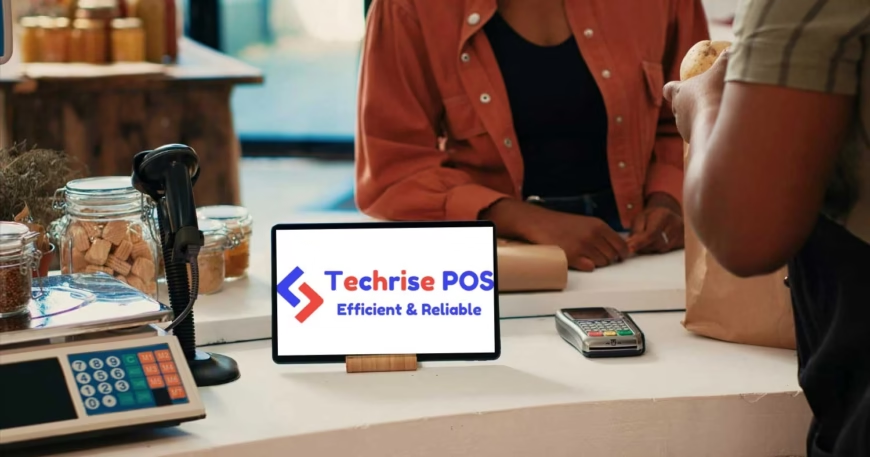A Complete Checklist for Small Businesses
Choosing the best Point of Sale (POS) system isn’t just about processing sales—it’s about giving your business the tools to grow, manage, and thrive. With endless options on the market, the decision can be overwhelming. The wrong POS can cost you valuable time, money, and customers.
At Techrise POS, we help small businesses across Kenya and beyond find POS solutions that fit perfectly with their industry, budget, and future goals. This guide provides a step-by-step comparison checklist to help you select the right POS system for your business.
Phase 1: Understand Your Business Requirements
Before evaluating POS systems, clearly define your needs.
Business Type and Industry Considerations
- Retail: robust inventory management, barcode scanning, loyalty programs.
- Restaurants: table management, split billing, kitchen display systems, delivery integrations.
- Service Businesses: appointment scheduling, deposits, employee commissions.
- Multi-Location Businesses: centralized reporting, stock transfers, permissions hierarchy.
👉 Pro Tip: Techrise POS offers industry-specific POS solutions tailored for retail, restaurants, and service-based businesses.
Phase 2: Essential Feature Requirements Checklist
Use this checklist to evaluate POS capabilities:
- Transaction Processing: cards, mobile wallets, refunds, receipts, offline mode.
- Inventory Management: stock alerts, barcode scanning, multi-location tracking.
- Customer Management: loyalty programs, gift cards, CRM integration.
- Reporting: sales analytics, inventory performance, tax reports.
- Employee Management: role permissions, time clock, commission tracking.
- Integrations: e-commerce, accounting (QuickBooks, Xero), CRMs.
Phase 3: Technical Requirements and Compatibility
Check if your POS supports:
- Tablets, smartphones, and POS terminals.
- Printers, barcode scanners, and kitchen display systems.
- Secure payment processing (PCI DSS compliance, encryption).
Phase 4: Vendor Evaluation Criteria
When comparing providers:
- Check their stability, customer base, and reputation.
- Look at reviews, case studies, and support quality.
- Ensure they provide training, migration support, and local service.
👉 Why Techrise? We’ve helped hundreds of Kenyan businesses set up reliable POS systems with local support you can trust. >>See Techrise POS Success Stories.
Phase 5: Cost Analysis and Comparison
Don’t just look at the upfront cost—consider:
- Hardware and software fees.
- Transaction processing rates.
- Maintenance and training expenses.
- Total cost of ownership over 3–5 years.
👉 Techrise POS offers affordable packages with transparent pricing—no hidden fees. Get a Free POS Quote.
Phase 6: Testing and Trial Process
Always request a demo or free trial to:
- Test real transactions.
- Evaluate reporting accuracy.
- Check integration with your tools.
Phase 7: Final Decision Framework
Weigh your options using this scoring model:
- Features (40%)
- Cost-effectiveness (25%)
- Vendor support (20%)
- Integrations (10%)
- Scalability (5%)
Phase 8: Implementation Planning
Plan your rollout with:
- Staff training.
- Hardware setup.
- Network and security testing.
- A soft launch phase.
Final Thoughts: Why Techrise POS is the Smart Choice
The right POS system isn’t about having the most features—it’s about having the right features for your business. With Techrise POS, you get:
- Industry-tailored solutions (Retail, Restaurants, Services).
- Affordable, scalable packages.
- 24/7 customer support.
- Seamless integration with tools you already use.
👉 Ready to future-proof your business? >>Get Started with Techrise POS Today.




